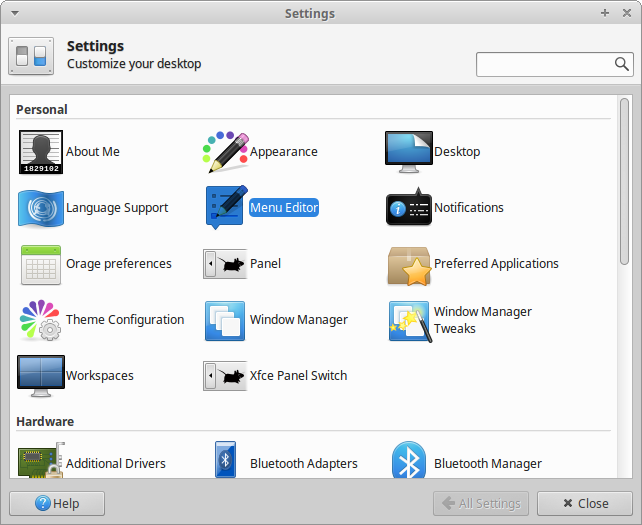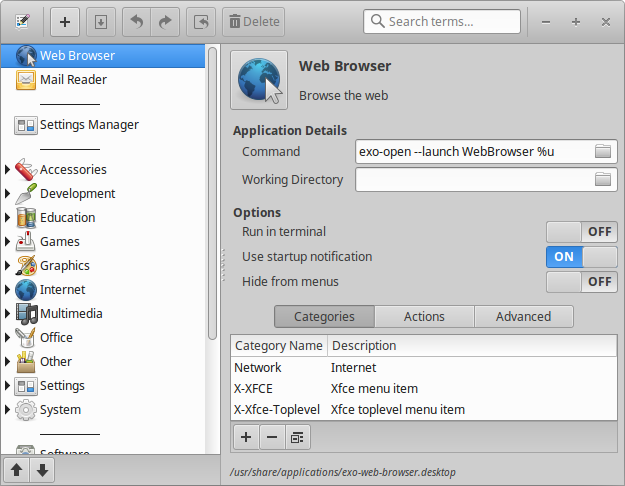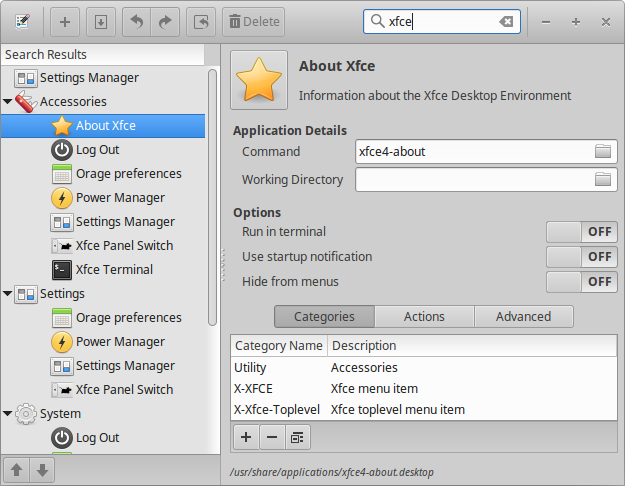Xubuntu 16.04 LTS will be the first Xubuntu release without a default media manager. To help those without a favorite one, we’ve put up this series where some of the Xubuntu team members talk about their favorite media managers. Later in the series we discuss some cloud services and other media manager options in the Ubuntu repositories. Enjoy!
This time we’re covering the latest (and for now, the last) default media manager in Xubuntu – gmusicbrowser. In addition to using gmusicbrowser, both of the interviewees have been working with gmusicbrowser – and were the ones that convinced others to include it as the default media manager in Xubuntu in the first place. Let’s see what they have to say!
How do you listen to music?
Pasi: My collection is relatively large (6k+ tracks), considering I own most of the albums physically. I like my music to be organized well and with lots of metadata so I can quickly search and browse the collection and get to listen to what I want.
Simon: I’ve been using gmusicbrowser for listening to and – almost more importantly – organizing my music for several years. Even though I’ve recently been drifting towards mobile usage it is still my go-to solution on laptops and desktops.
Why is gmusicbrowser the best choice for you?
Simon: I was long looking for a solid, Gtk+ based music collection organizer which would work reasonably well on old hardware when I found gmusicbrowser. It was part of my entry into the Open Source world, so I’m also emotionally attached to it.
What attracted me in the first place was the performance (yeah, I know, it’s Perl! ;)) and the easy way of customizing the User Interface using its unique UI scripting language.
Pasi: The best thing in gmusicbrowser is the customizability; both for the look and feel but also for the potential it has to organize your music in a dozen ways. As I mentioned before, I like lots of metadata. My music isn’t only organized by artist, album, year (and other generic fields), but also by country of origin, language of the vocals, original artist, media format (CD, CDEP, CD single, 7″ vinyl…) and more. The reason why this is particularly accessible is that you can search from the tags with Google-like syntax in gmusicbrowser; for example, “year:2015” shows me all of the tracks from the year 2015, and “vocals:instr” shows me all the instrumental tracks in my collection (and “year:2015 vocals:instr” all the instrumental tracks from 2015…)!
Another thing I prefer in apps generally is that they keep on the background when I’m not dealing with them. The Shimmer layout for gmusicbrowser does exactly this: it loses many of the unnecessary buttons, making the user interface clean, but isn’t dumbed down; there’s still plenty of things available within a few clicks when I do need to access those features.
Have you customized gmusicbrowser?
Simon: Naturally! I’ve worked on creating the layout (“Shimmer Desktop”) which went on to become the default in Xubuntu – a story which went on for several years in fact. Plus I developed a plugin for gmusicbrowser (“Similar Artists”) using the API of last.fm to create potentially endless automatic playlists based on “similar artist” matches.
Pasi: Yes, a lot. In addition to co-working on the Shimmer layout mentioned by Simon, the extra tags I mentioned before are created with the custom field UI in gmusicbrowser. I have also tweaked the main view to show more of the metadata when browsing through the collection. This saves me time because I don’t have to access another view – or the physical album.
Have you used other media managers in the past?
Pasi: During the time I’ve been using Linux exclusively, the two other media managers I’ve used for a longer time are Amarok and Listen.
In 2006 when I converted to Linux, I started using Amarok and got involved with their marketing team “Rokymotion” – my work with the team included working on artwork and more, including one splash screen for a release. I was (and am) convinced that the 1.4 series of Amarok was the best media manager of its time; when work on 2.0 began, I drifted away since the new UI with all the bling wasn’t my cup of tea.
One thing I actually still miss from Amarok is the “random albums” mode, where skipping a track would always skip to the first track of another random album. This album would then be played until all of the tracks were played from that album, or the user skipped a track once again.
While Amarok was a full-fledged media manager, Listen was something from the lighter end of the bunch. I even used the compact UI with only the basic playback buttons and a simple list of all the tracks (at that time, likely 4–5 thousand). I liked how it definitely help me focus on the music, nothing else. However, I do consider that Listen was as an intermediary manager – a kind of compromise – until I found the next complete media manager I wanted to use. Unfortunately, it seems like the project hasn’t been active for several years now, so it likely isn’t something to look for.
Simon: I have. I started with xine and later Parole, then several Winamp-style players, but always missed the “collection management” part that gmusicbrowser does so well.
Is there something else you would like to share with us?
Pasi: As with all application groups and the operating systems, it’s important to remember that objectively speaking, there is no “best” option. This is why I can only recommend that you try gmusicbrowser, not promise you will love it! Finally, remember that all applications have their quirks (and bugs!) – gmusicbrowser too. Once you get over the initial hurdles, you will notice that there is a powerful, customizable media manager behind the potentially confusing first look.
Simon: I would say gmusicbrowser is a player for (almost) anyone. While it seems to have a bit of a learning curve for the occasional user – and I would argue that the complexity implied by “collection management” is responsible for that – it has immense potential for the afficionado!
Finally, feel free to talk about your favorite artists!
Simon: I can’t say that I have a favorite artist. Probably I could list one per genre, but then again, what or where are genre borders really? Recently I have to developed some affection for some of Chilly Gonzales’ musical (ad)ventures, but as everything this may be a transient phenomenon.
Pasi: I seem to have a soft spot for some britpop; Athlete, Starsailor and Thirteen Senses are three of my favorite artists! Generally speaking I do listen to pretty much everything and anything – at least once.





